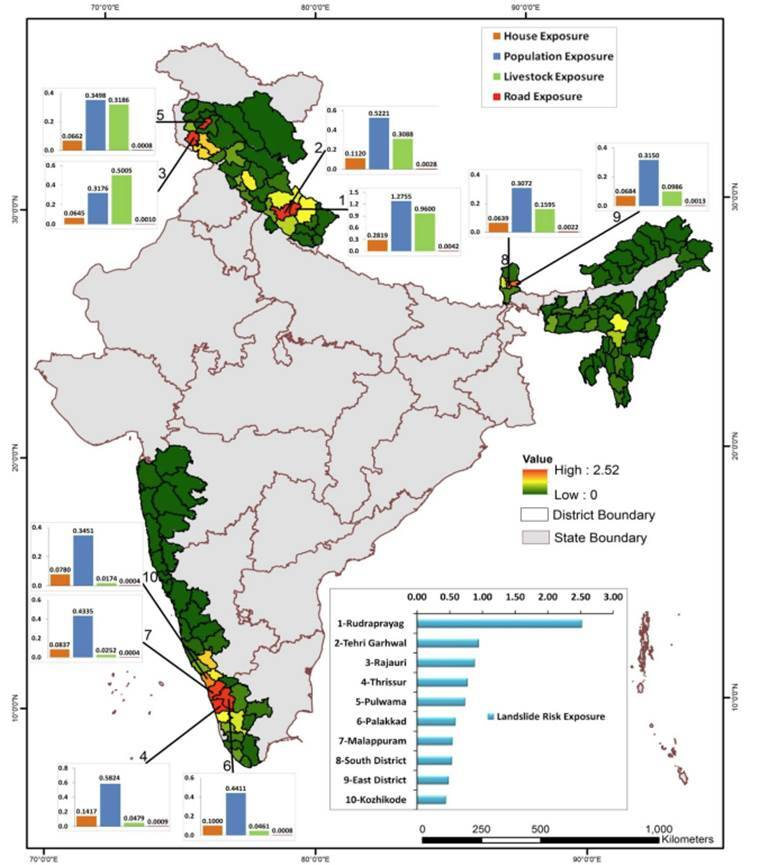Free Courses Sale ends Soon, Get It Now


Free Courses Sale ends Soon, Get It Now



Disclaimer: Copyright infringement not intended.
Context
About National Landslide Susceptibility Map
Data Collection and Analysis Procedure
Significance for Disaster Response
Rationale for the Map
Future Initiatives and Public Accessibility
|
PRACTICE QUESTION Discuss the challenges and implications of landslide risk in India. Highlight the significance of recent advancements in high-resolution mapping and technological approaches in addressing the persistent threat of landslides. |
© 2024 iasgyan. All right reserved